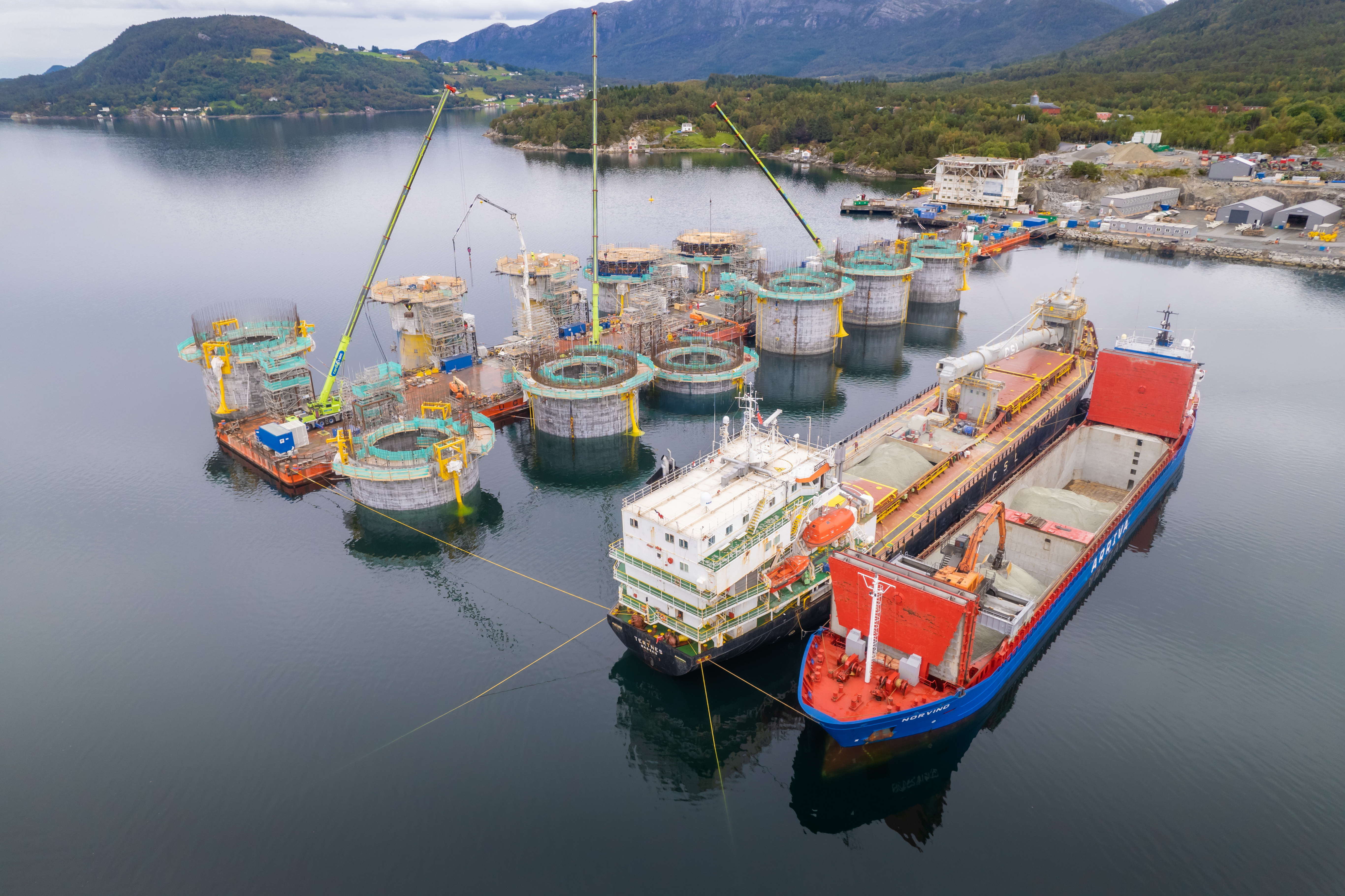
Floating offshore wind is recognised by many to have far greater global potential than fixed bottom offshore wind. This is largely due to the greater resource availability further from the shore in deeper waters allowing an almost limitless number of locations for floating projects. Floating wind’s potential is also driven by the reality of coastal population density, and a lack of shallow coastal waters globally.
In the right wind, met ocean and seabed conditions, the technology has the potential to significantly reduce exposure to volatile fossil fuel costs but at the moment, remains expensive to implement.
To date, the floating wind industry has been focussed on small demonstration projects and resolving technological challenges around floating substructures and integration with the wind turbine generator (WTG), with most utilising drag embedment anchors (DEA). Whilst this solution works on a small scale, DEAs will be much less viable once the floating offshore wind industry starts to scale up, and it’s scaling up fast. INTOG and Scotwind has opened up huge development opportunities, as has the opening of seabed leasing for floating wind globally, from California to Japan.
It's not just the opportunities that are growing. The size of turbines are also on the rise and scaling DEA’s to handle the loads of 18MW or larger turbines and associated substructures will require much larger anchor handler vessels with the required bollard pull, multiple large anchor handlers, or complex and time consuming tensioning processes. Additionally, a DEA solution needs a minimum of three or four anchors per WTG, and require a catenary mooring profile, which excludes large areas of seabed for inter-array cable routing.
Supporting the industry’s growth with current approaches alone will be a challenge. So, what’s the solution?
At Global Maritime, we believe that shared anchor systems will play a key role in the development of floating wind projects. Not only do they have the potential to significantly lower capital expenditure and reduce installation time and risk. They can also reduce the environmental impact in terms of seabed footprint. Alongside this, the types of anchor that might be used would negate the need for the larger specialist anchor handler vessels that are currently few and far between resulting in fewer bottlenecks.
The impact of reducing supply chain constraints within the industry shouldn’t be underestimated. Fewer anchors, non-proprietary designs and the potential to utilise different materials, versus steel DEA’s, could also reduce the combined CO2 of wind farms, and the potential for re-use of certain anchor types – as for DEA’s - for future projects shouldn’t be forgotten.
In its earliest stage, the floating offshore wind sector was understandably risk-averse when considering anchor solutions, and potential compound risks with untried substructures. However, Equinor’s Tampen project demonstrated to the industry the potential for shared anchor solutions. Despite this proven project, industry perception around the technology still needs to develop. However, at Global Maritime, we are seeing the appetite for shared anchor solutions growing in acknowledgement of the cost and complexity of existing approaches, with a number of our clients commissioning concept and FEED (front end engineering design) studies to quantify the benefits and risks of the technology.
Alongside the benefits that shared anchors bring, there are still some challenges to be tackled. Global Maritime are addressing some of these challenges by investing in our proprietary software, GMoor, for floating wind applications and modelling coincident mooring line loads at shared anchors. We are also investing in research and development in other areas to inform our commercial work for offshore wind developers.
Our decades of experience in the deep-water oil and gas, shipping and fixed bottom offshore wind industries alongside our integrated, multi-disciplinary teams across structural engineering, naval architecture, hydrodynamics and geosciences, has ensured that we are best placed to support the growth and development of floating offshore wind, with over 30 projects already successfully delivered.
Shared anchor systems are poised to play a pivotal role in realising the full potential of floating offshore wind, offering not just economic benefits, but also environmental. As Global Maritime continues to innovate and invest in industry leading technology, we remain committed to supporting the growth and development of this exciting industry.